Coverage Gap Report
This report will provide you with coverage of all the Scenarios and Test Cases present in that particular instance.
You’ll be able to create a Coverage Gap Report by clicking on the Create Report option.
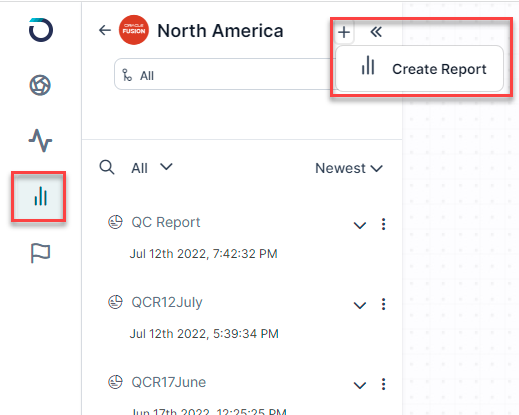
You’ll have to select the Coverage Gap Report from the dropdown, provide the report name and select the instance in their respective fields to proceed ahead.
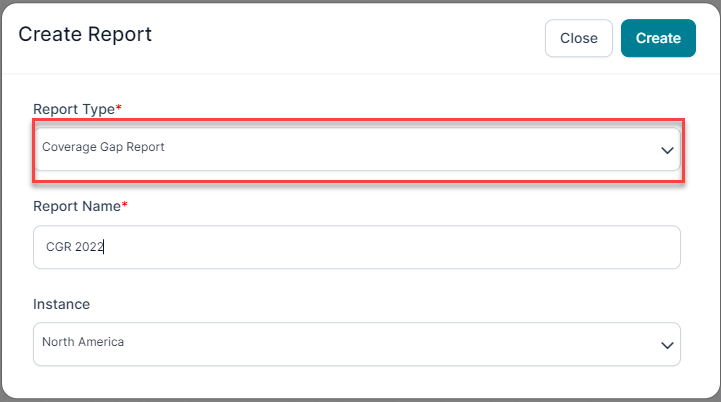
Once all the details are filled in and the report is generated it will be visible in the Report section

On clicking the Report, a page will appear where you’ll be able to view the details under the Report section.
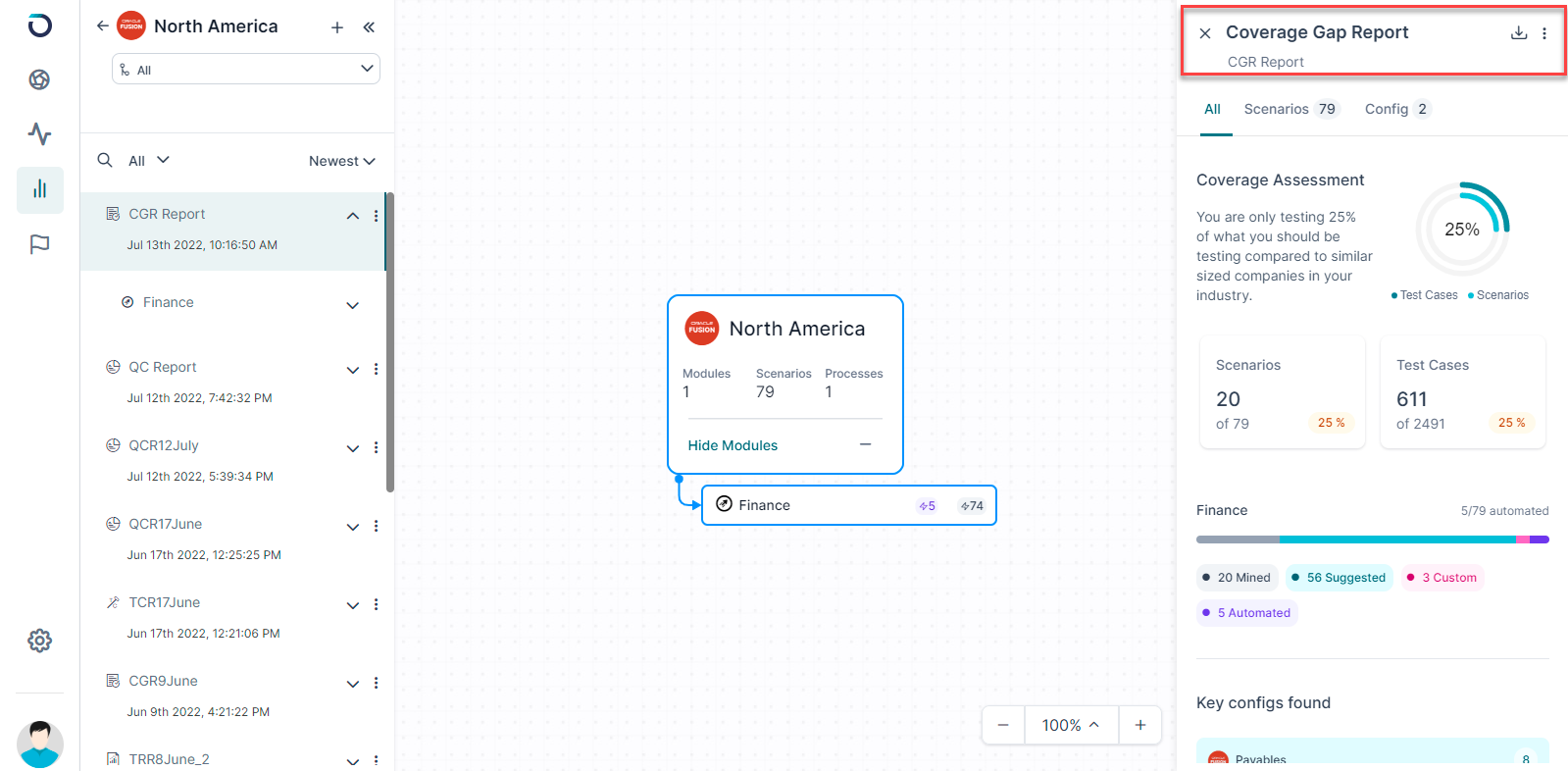
There are three sections on the right-hand side of the page. Let us have a look at them one by one.
- All Tab
This will allow you to view the Coverage Assessment of the Scenarios and Test Cases that have been tested along with the percentage of Test Cases and Scenarios that are currently covered.

The following section will show the module-wise details in the generated Coverage Gap Report.

Key Configuration Found
This will provide you with the fields and their data from the client’s environment. The configurations can be either custom or seeded.
- Click on the Coverage Gap Report > All Tab.
- Click on the Key Configuration Found section to view the configurations.
- The new page will have details about fields and their data fetched from the client's environment.

- Scenario Tab
Under the scenarios tab, you’ll be able to sort and view the scenarios and their test cases with module-wise categorization which further can be filtered on the basis of their category type (i.e. All, Mined, Suggested, Automated, and Custom).
Click on the tab to view the modules with their respective scenarios and test cases.
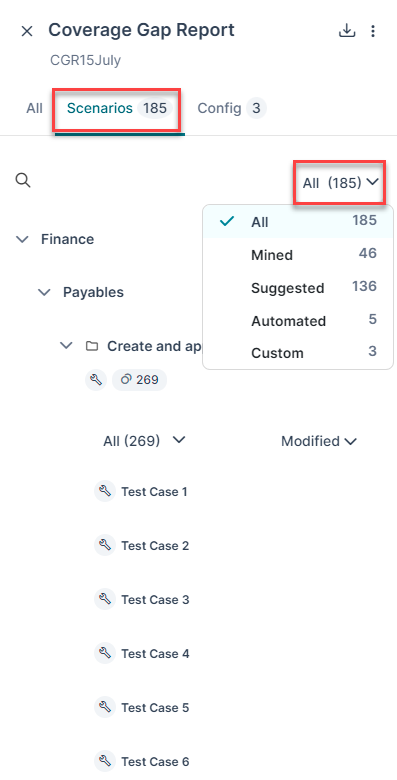
Expand the modules and scenarios to view their test cases.
The test cases can be further filtered on the basis of their category type (i.e Mined, Suggested, Automated, Custom).
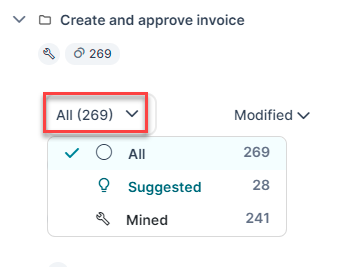
The list can be further sorted on the basis of “Recently Automated”, “Recently Modified” and “Recently run”.
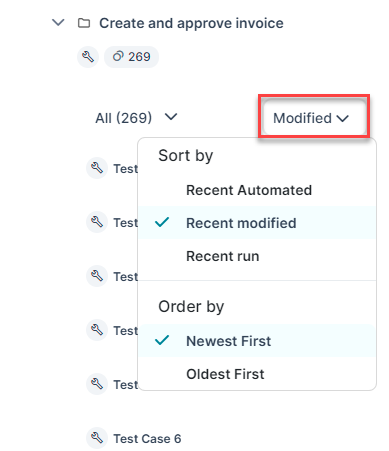
- Configuration Tab
The configuration tab will have fields and their data that have been fetched from the client’s environment. The fetched data will be under two categories:
Seeded - These are the standard fields present in the client’s environment that are available for everyone.
Custom - These are the custom fields that an organization can add according to their requirement. These fields may not be available for everyone to view.
The image below shows the fetched configurations present in the environment.

To view the fields and their respective values you need to click on the particular key configuration (e.g. General Ledger)as shown in the image below.
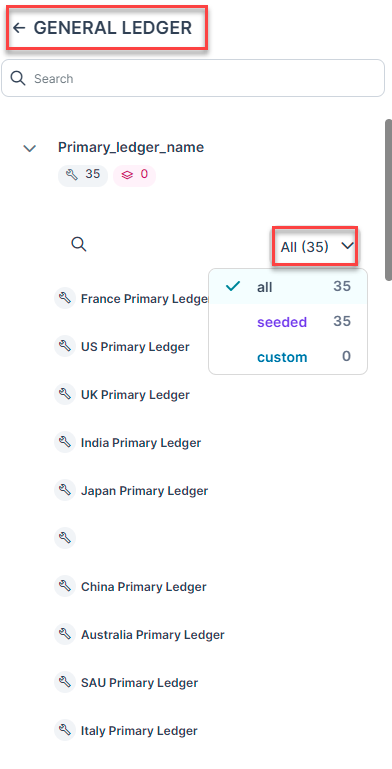
You can filter the seeded and custom data in the list.
You’ll have to click back on the arrow to reach the main page on the right pane.

For future reference of the Coverage Gap Report, you can also download a copy of the report in PDF format. This helps to have an understanding of the data at a glance without logging in to the portal.
Click on the Coverage Gap Report arrow to download the report in the PPT format.

The downloading of the Coverage Gap Report can be seen in progress.

The Coverage GAP Report will have the coverage assessment of all the scenarios and test cases that have been tested.

The Report will also have the details of all the different processes.

The graph in the report displays the ………………………………………………


